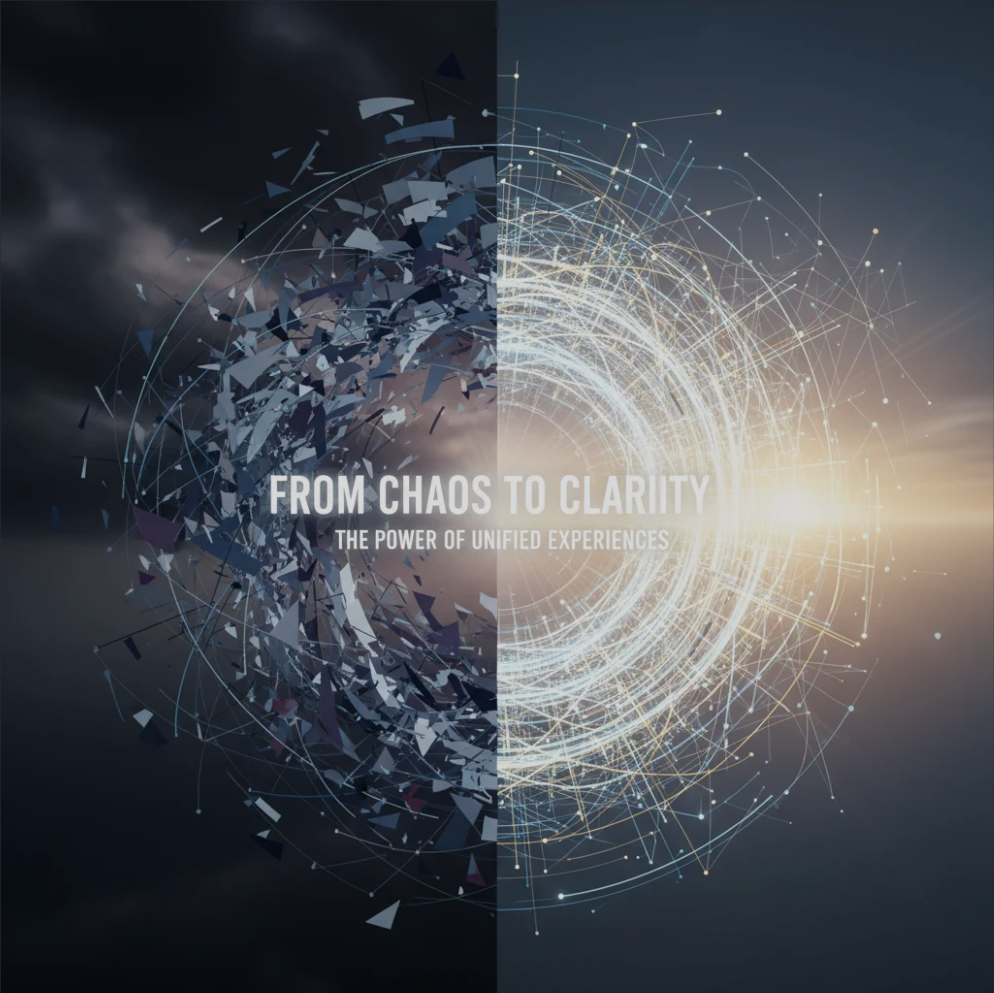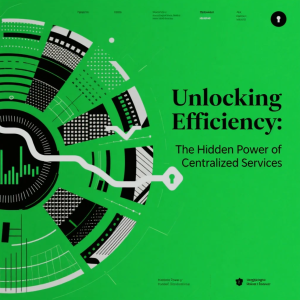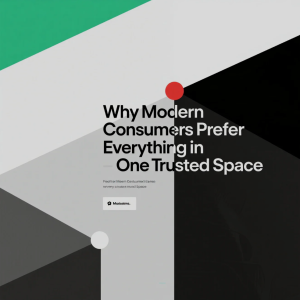In today’s fast-paced digital world, chaos is everywhere — from fragmented tools to inconsistent customer interactions. Businesses and users alike face confusion, frustration, and inefficiency.
But there’s a solution: unified experiences. By aligning processes, technology, and communication, companies can transform disarray into clarity, creating seamless experiences that delight users and boost productivity.
🔹 1. What Are Unified Experiences?
Unified experiences connect all touchpoints, systems, and interactions into a cohesive whole.
Instead of juggling multiple platforms or facing inconsistent messaging, users and employees enjoy a smooth, intuitive journey from start to finish.
Example:
- A customer sees consistent branding across app, website, and in-store interactions.
- An employee accesses all tools from a single dashboard instead of switching between fragmented apps.
🔹 2. Why Chaos Happens
Disorganization often stems from:
- Disconnected systems
- Inconsistent messaging
- Lack of collaboration across teams
- Poor data management
Without unified experiences, businesses risk lower engagement, higher errors, and frustrated users.
🔹 3. The Business Impact of Clarity
Streamlined experiences lead to measurable outcomes:
- Increased customer satisfaction and retention
- Improved operational efficiency
- Higher employee productivity
- Stronger brand perception
💡 Clarity isn’t just aesthetic — it drives real results.
🔹 4. Strategies to Create Unified Experiences
- Integrate Technology: Use platforms that consolidate data and workflows.
- Standardize Messaging: Ensure consistent branding across all channels.
- Map the Customer Journey: Identify friction points and simplify interactions.
- Empower Teams: Encourage collaboration and shared knowledge.
- Monitor and Optimize: Continuously track performance and adjust processes.
🔹 5. Real-World Applications
- E-Commerce: Unified product catalogs, seamless checkout, and consistent promotions across web and mobile.
- Enterprise Tools: Single dashboard for project management, analytics, and internal communications.
- Customer Support: One integrated platform for live chat, ticketing, and knowledge base access.
🔹 Conclusion: From Chaos to Clarity
Unified experiences are more than a trend — they are essential for modern business success.
By connecting touchpoints, systems, and teams, organizations can turn complexity into simplicity, confusion into confidence, and fragmented interactions into memorable, seamless journeys.
✨ The power of clarity is the power to create trust, efficiency, and engagement.




